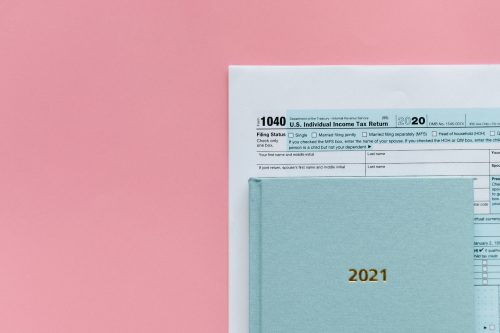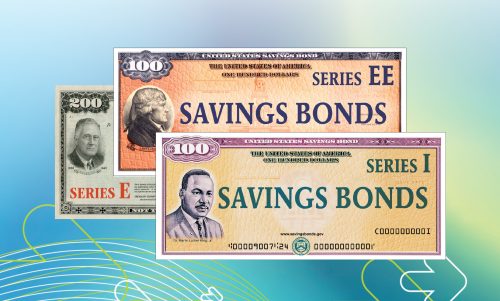The purchase, sale, borrowing or even leasing options for a piece of commercial property often hinge upon the appraised value of the building. Assessing that value, however, is no simple matter. Whether it’s an apartment building, an industrial complex, a retail shopping center or an owner-occupied business structure, commercial appraisals are generally more subjective than residential reviews.
Why? Commercial values are often dependent upon uncontrollable elements like the current market price for which spaces rent, fewer available comparables and overall maintenance costs (which can vary dramatically from industry to industry). And then, of course, there’s the tricky question of how much a buyer is willing to pay.
1. Cost approach
This valuation method considers the cost to rebuild the structure from scratch, taking into account the current value of the associated land as well as construction material and other costs that would be associated with the replacement of the existing structure.
The cost approach is generally applied when appropriate comparables are difficult to locate, such as when the property contains relatively unique or specialized improvements, or when upgraded structures have added substantial value to the underlying land.
2. Sales comparison approach
Also known as the “market approach,” this method relies heavily upon recent sales data for comparable properties. By seeking recently sold buildings with similar properties from the same market area, a buyer hopes to ascertain a fair market value for the property in question.
For example, a 12-unit apartment building might be compared to another that sold in the same neighborhood just a few months earlier. While this valuation method is typically used to value residential real estate, it does have one significant drawback. Depending on general and localized market conditions, it can be difficult to find recent comparables for similar properties.
3. Income capitalization approach
This valuation method is based primarily on the amount of income an investor can expect to derive from a particular property. That projected income could be derived in part from a comparison of other similar local properties, as well as from an expected decrease in maintenance costs.
Say a building is purchased for $1 million, and the expected yield is 5%, based on local market research. That $50,000 per year in expected income could be enhanced by tightening inefficiencies or passing along other associated costs to the tenant, like electric or water usage. All expected future income is discounted to reflect present value.
4. Value per Gross Rent Multiplier
The Gross Rent Multiplier (GRM) valuation method measures and compares a property’s potential valuation by taking the price of the property and dividing it by its gross income. In other words, if you purchased a commercial property for $500,000 and it generates $70,000 in gross rents each year, your GRM would be about 7.14 or $500,000 / $70,000. This commercial real estate valuation formula is generally used to identify properties with a low price relative to their market-based potential income.
5. Value per door
This commercial real estate valuation method is used primarily for apartment buildings rather than single-unit structures. This method simply determines the entire building’s worth based on the number of units. A building with 20 apartments priced at $4 million, for example, would be valued at $200,000 “per door” irrespective of each unit’s size.
6. Cost per rentable square foot
Rentable square footage combines the usable square footage (the space tenants can occupy) with the common areas tenants benefit from, such as stairwells and elevators. Using this methodology, you can extrapolate the cost per rentable square foot, compare it to the average lease cost per square foot and make an evaluation of the building’s value.
For example, if a building has 10,000 rentable square feet and the average cost to rent per square foot is $12 per square foot annually, a purchase price of $1.7 million will generate 7% gross rental yield. However, if you know you can charge rent of $14 per square foot annually, a valuation of $1.9 million will yield the same gross return.
In the end, every buyer values property differently. The valuation of commercial property does have a subjective and unscientific component. The best commercial real estate investors have honed their gut instincts around finding the most attractive deals and the most effective valuation methods for each particular type of transaction.










